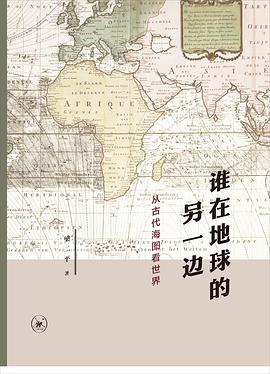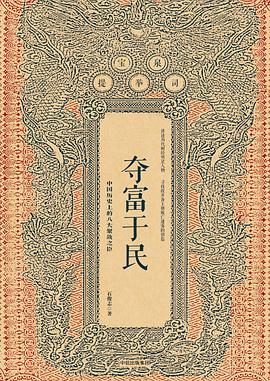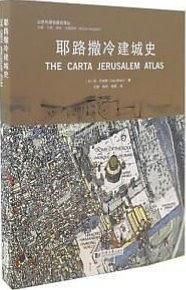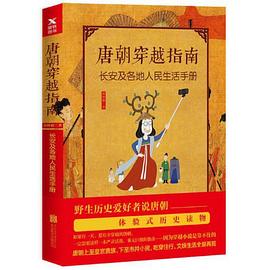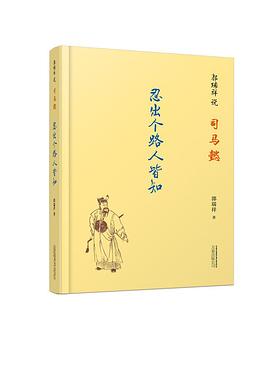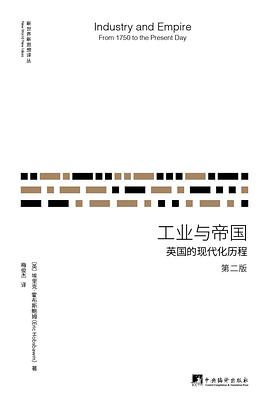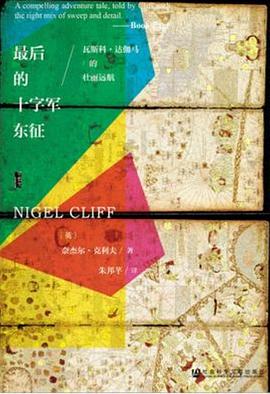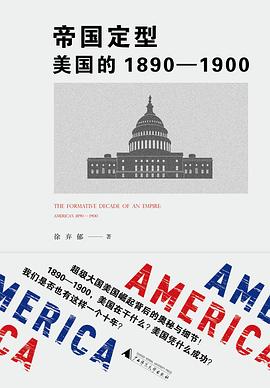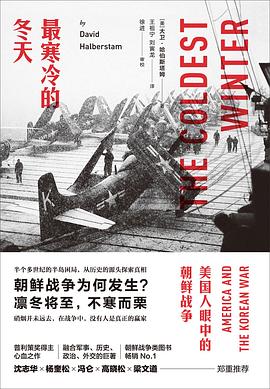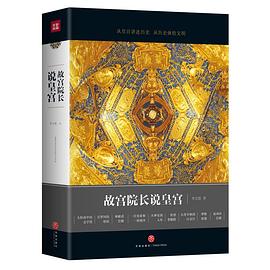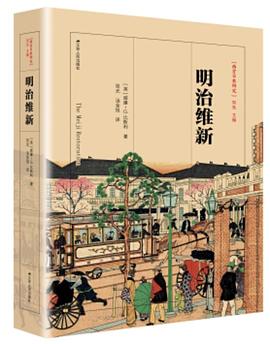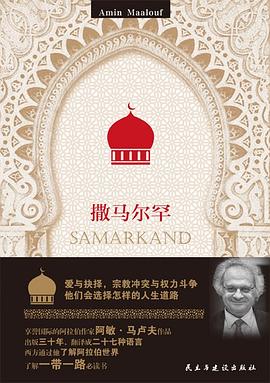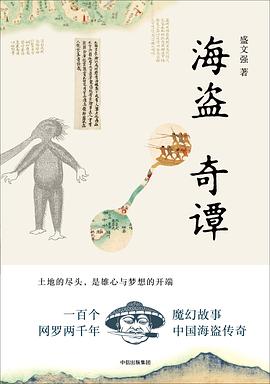
The Chinese Typewriter pdf epub mobi txt 電子書 下載2025
Thomas S. Mullaney is Associate Professor of History at Stanford University and the author of Coming to Terms with the Nation: Ethnic Classification in Modern China.
- 科技史
- 曆史
- 海外中國研究
- 技術史
- 中國研究
- 文字
- 墨磊寜
- 中國近代史

Chinese writing is character based, the one major world script that is neither alphabetic nor syllabic. Through the years, the Chinese written language encountered presumed alphabetic universalism in the form of Morse Code, Braille, stenography, Linotype, punch cards, word processing, and other systems developed with the Latin alphabet in mind. This book is about those encounters -- in particular thousands of Chinese characters versus the typewriter and its QWERTY keyboard. Thomas Mullaney describes a fascinating series of experiments, prototypes, failures, and successes in the century-long quest for a workable Chinese typewriter.
The earliest Chinese typewriters, Mullaney tells us, were figments of popular imagination, sensational accounts of twelve-foot keyboards with 5,000 keys. One of the first Chinese typewriters actually constructed was invented by a Christian missionary, who organized characters by common usage (but promoted the less-common characters for "Jesus" to the common usage level). Later came typewriters manufactured for use in Chinese offices, and typewriting schools that turned out trained "typewriter girls" and "typewriter boys." Still later was the "Double Pigeon" typewriter produced by the Shanghai Calculator and Typewriter Factory, the typewriter of choice under Mao. Clerks and secretaries in this era experimented with alternative ways of organizing characters on their tray beds, inventing an arrangement method that was the first instance of "predictive text."
Today, after more than a century of resistance against the alphabetic, not only have Chinese characters prevailed, they form the linguistic substrate of the vibrant world of Chinese information technology. The Chinese Typewriter, not just an "object history" but grappling with broad questions of technological change and global communication, shows how this happened.
具體描述
讀後感
評分
評分
評分
評分
用戶評價
好玩。細節太細瞭。再晚點寫可以考慮寫九宮格瞭。
评分太長瞭,細節太多太冗雜瞭。technolinguistic modernity這個概念在導師解讀之後很有趣,但書裏非常不清晰。文筆太鬆散瞭。。。
评分I have a secret disagreement.
评分這本書不僅講瞭中文打字機的百年故事,更重要的是它展現瞭一種新的曆史書寫範式。中國現代科技史領域的作品主題雖韆奇百怪,但是它們的敘事和論點卻大同小異:在帝國主義的空前壓力下,各式各樣的人在中國的土地上完成瞭外來科技的“本土化”和傳統科技“現代化”,誕生齣一批既不同於西方、也不同於傳統的新東西,它們生根發芽,展現齣一種具有中國特色的現代性。這一敘事試圖挖掘這些被掩蓋的中國特色,通過它解構西方中心的現代性。然而正如作者所說,並不是所有中國齣現的事情都要肩負英雄的解構主義角色,就像中文打字機這個怪胎,它並沒有成功,沒有像西文打字機那樣改寫曆史,但是這段不斷和失敗抗衡、不斷和悖論較勁的故事本身就反映瞭現代化的過程。讀書如讀人,前導師對於人生的理解通過他這本書可見一斑。
评分the "western technology" is not just the tech made in the West
相關圖書
本站所有內容均為互聯網搜索引擎提供的公開搜索信息,本站不存儲任何數據與內容,任何內容與數據均與本站無關,如有需要請聯繫相關搜索引擎包括但不限於百度,google,bing,sogou 等
© 2025 qciss.net All Rights Reserved. 小哈圖書下載中心 版权所有




